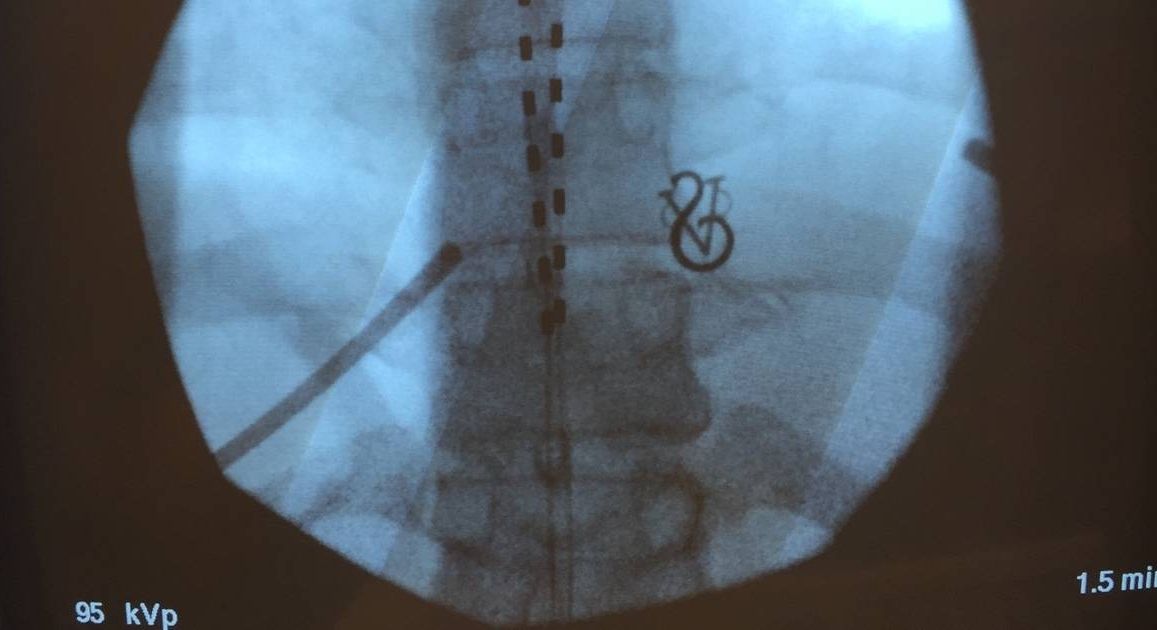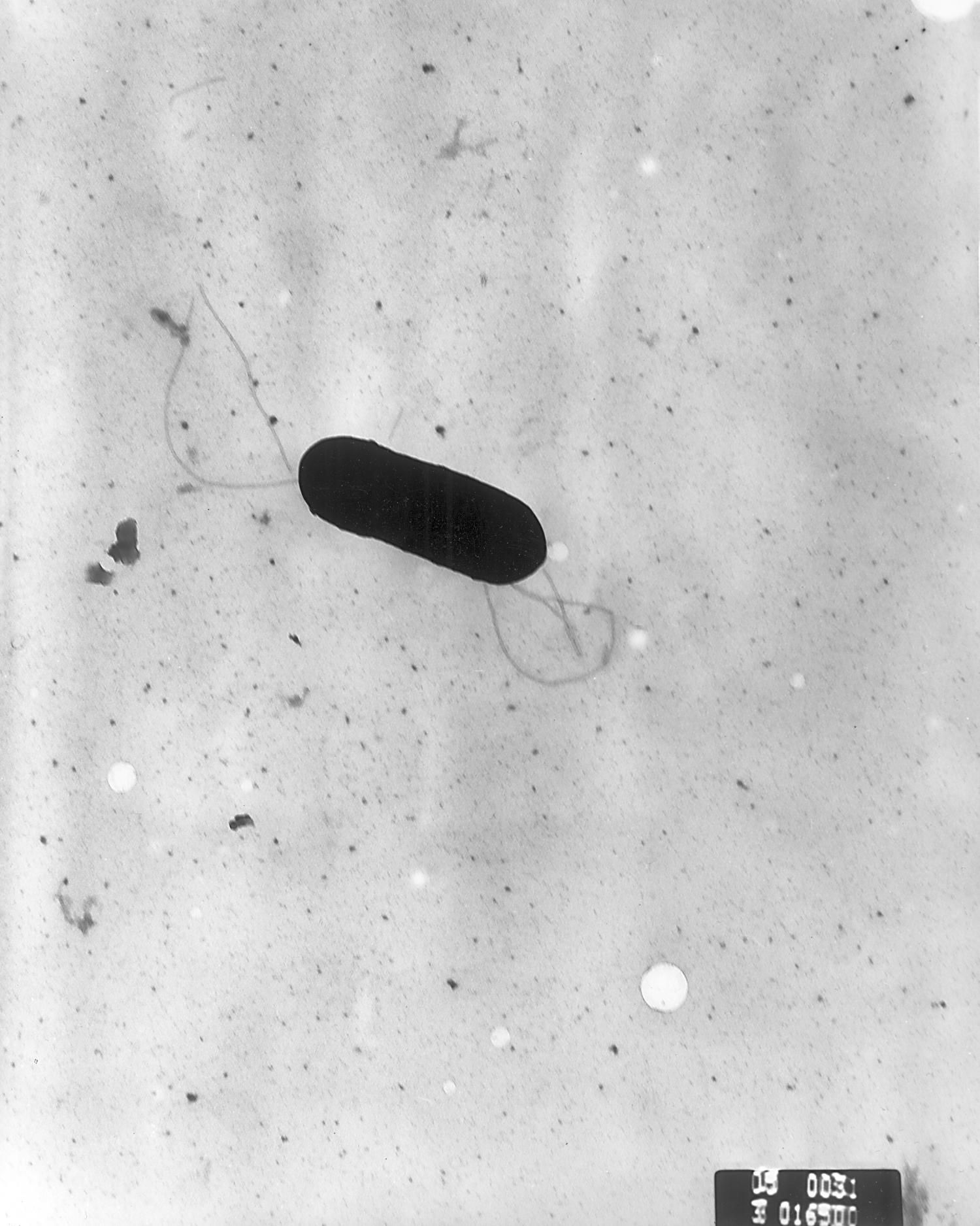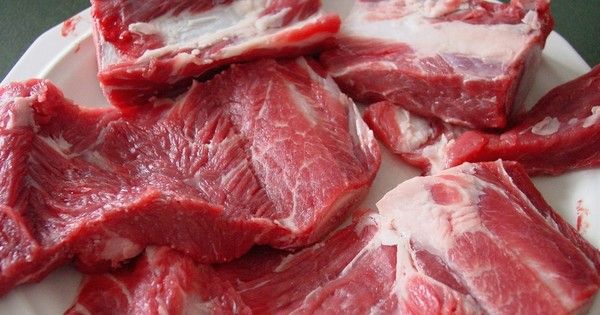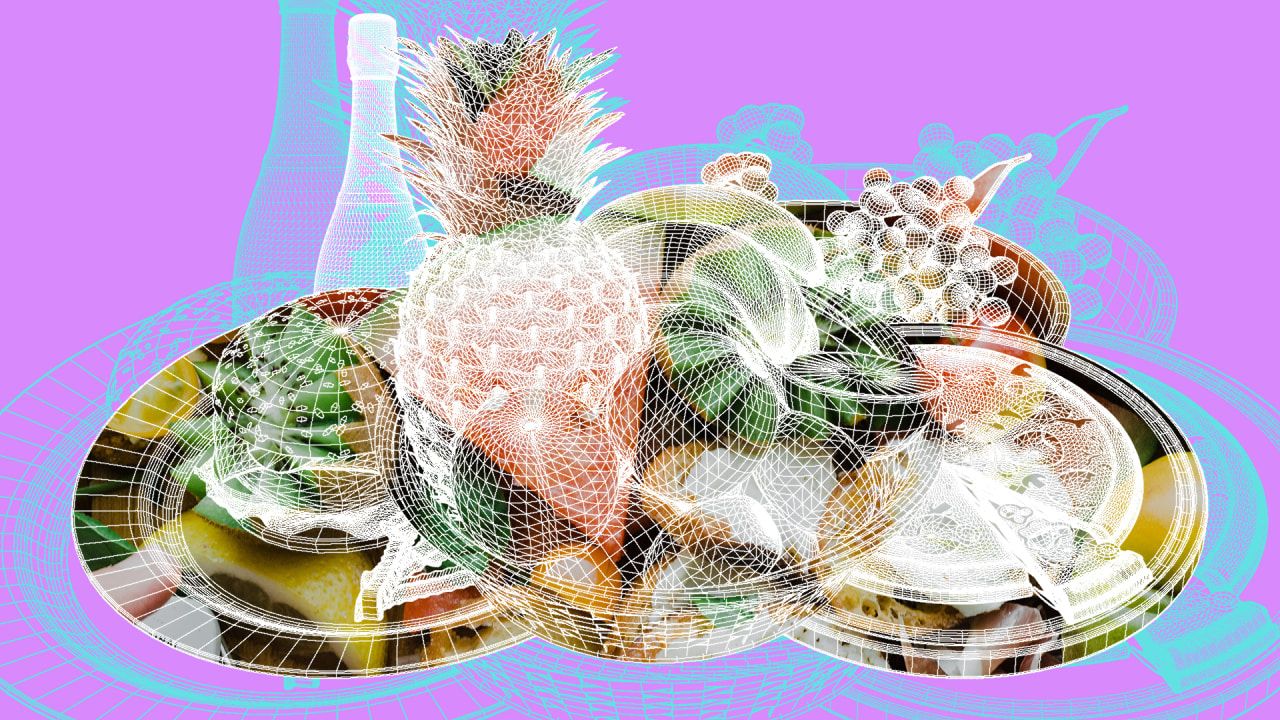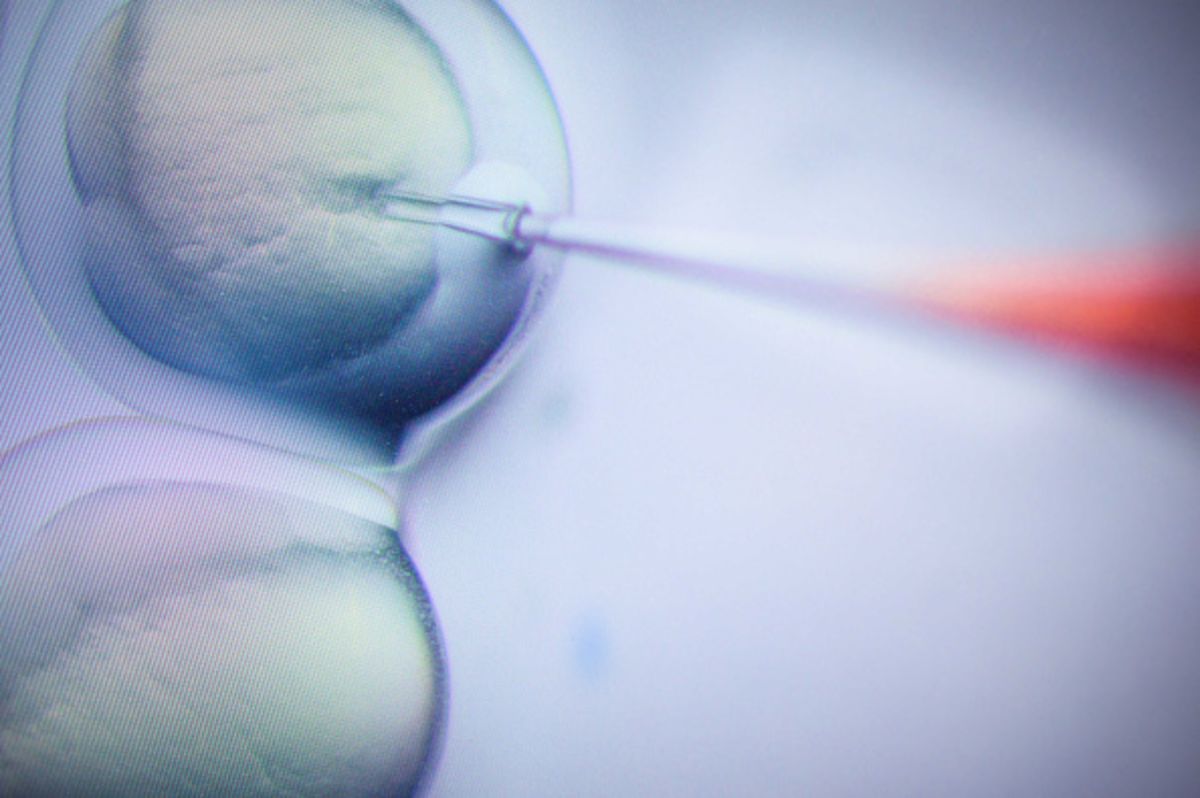When the California two-spot octopus isn’t attempting to bring more eight-legged cephalopods into this world, it prefers to be alone. Known to scientists as Octopus bimaculoides, the alien-like invertebrate spends most of its time hiding from the world or searching for food, asocial males avoiding asocial females until their biological clocks say it’s time to partner up. That is, until they are on MDMA. In a groundbreaking study released Thursday, researchers describe how octopuses on the drug act similarly to a socially anxious human on MDMA: They open up.
Gül Dölen, Ph.D., is an assistant professor of neuroscience at Johns Hopkins University and the co-author of the new Current Biology paper. She tells Inverse that when octopuses are on MDMA, it’s like watching “an eight-armed hug.”
“They were very loose,” Dölen says. “They just embraced with multiple arms.”


